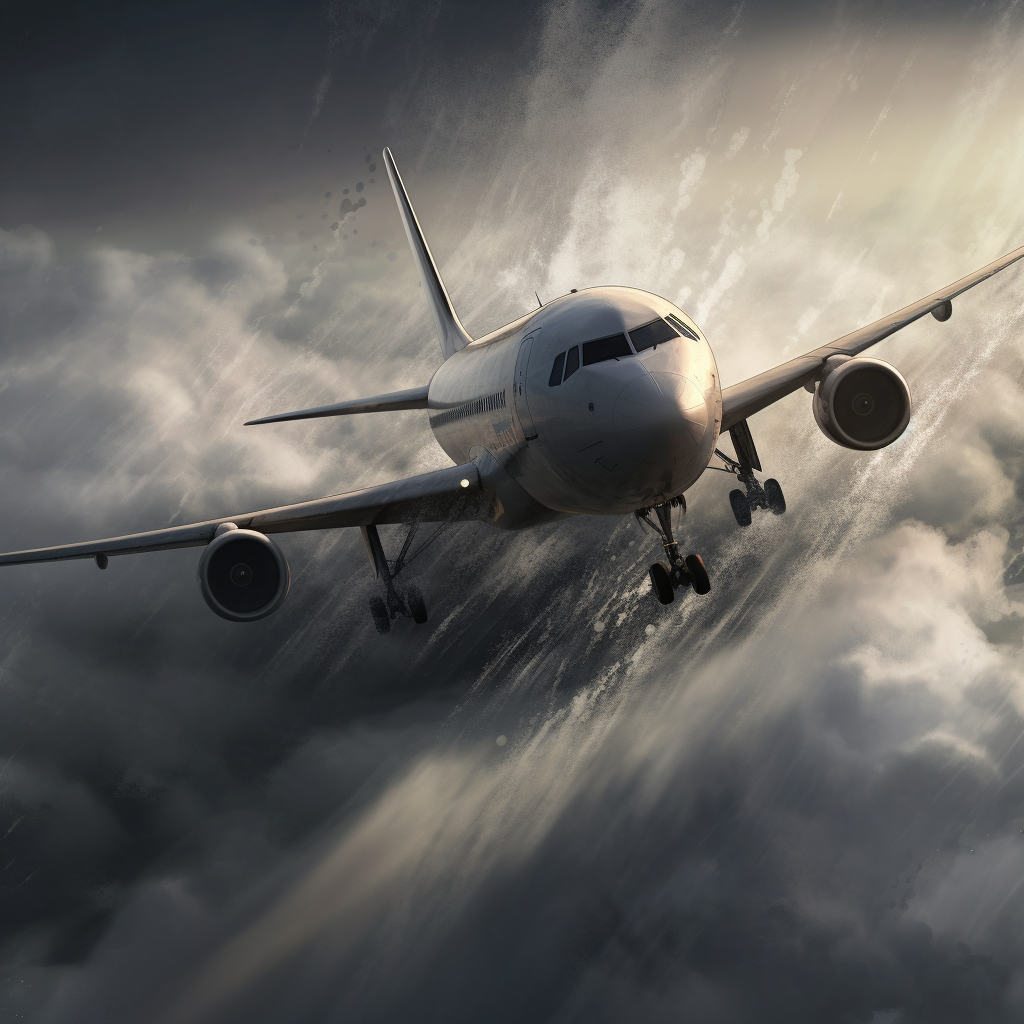June 14, 2024
The Intersection of Global Warming, Turbulence, and the Future of Air Travel
Book a Demo
Global warming is ushering in an era of increased turbulence for air travel, but advancements in weather forecasting and airline strategies are poised to prevent passengers from experiencing the effects. This connection between climate change and turbulence has often been misunderstood, leading to widespread confusion. The reality is that while climate change has indeed led to an upswing in turbulence incidents, fatalities and serious injuries remain rare. This is largely due to improved detection technology and forecasting capabilities.
Research conducted by the University of Reading indicates a significant increase in clear air turbulence, the most dangerous type. Data shows a 50% rise in incidents between 1979 and 2020. This may be alarming, but it’s important to remember that strategies are in place to continue to mitigate these occurrences. One such measure is the improved connectivity between ground crews, air navigation service providers, and aircraft. This enhancement in communication can serve to further reduce turbulence-related injuries by ensuring timely updates and responses.
In an interesting twist, scientists have turned to the avian world for potential solutions. The study of birds, particularly their adaptation to “extreme turbulence,” is being leveraged to inform aircraft design and improve turbulence prediction models. Birds have been navigating turbulent environments for millions of years and understanding their strategies could provide invaluable insights into managing our own air travel.
Moreover, the application of this research is not just limited to traditional air travel. The insights gained from understanding how birds navigate turbulence could prove instrumental in planning safe flight paths for drones and unmanned aerial vehicles (UAVs) in urban landscapes. This could revolutionize the way deliveries and other services are conducted in densely populated areas.
Despite these advancements, recent turbulence incidents serve as a stark reminder of the importance of safety measures during flights. One severe case on a Singapore Airlines flight underscores the importance of always wearing seatbelts during flights. Even as technology and research continue to make strides towards minimizing turbulence, passengers must continue to prioritize their own safety.
The connection between global warming and increased turbulence is real and undeniable. However, the good news is that the same scientific ingenuity that has identified the problem is also hard at work finding solutions. From leveraging improved connectivity and forecasting to studying the flight patterns of birds, the future of air travel promises to be safer and more resilient in the face of climate change-induced turbulence.
Science4Data is committed to cut through greenwashing and measure real impact. Join the journey to a sustainable future. Your actions matter.



